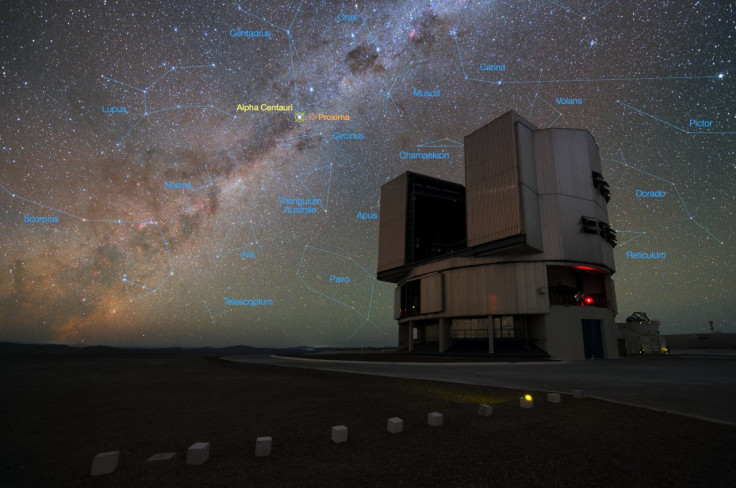Giant magnetic sails may help high-speed interstellar space probes 'slow down'
Accelerating space probes to massive speeds can be achieved through high powered lasers, but slowing them down is the challenge.

Miniaturised space probes can be accelerated to a quarter of the speed of light using powerful lasers, but the challenge is slowing the spacecraft down when it arrives at its destination, according to scientists.
If probes do not slow down when needed, it is likely that they will simply fly past planets, but to make it possible to study distant planets closely, there needs to be an effective braking system in place, notes the Science Daily. While they could still probably collect data as they zoom past, a lot more could be done if they actually reach one of the planets.
Professor Claudius Gros from the Institute for Theoretical Physics at Goethe University Frankfurt believes that magnetic sails can slow down and provide braking at this level.
"Slow would mean in this case a travel velocity of 1,000 kilometres per second, which is only 0.3% of the speed of light but nevertheless about 50 times faster than the Voyager spacecraft," says Gros. The sail, explains Gros, will consist of a loop 50 km in diameter made of superconducting material. A lossless current passed through the hoop will create a strong magnetic field. Ionised hydrogen in the "interstellar medium" will be reflected off the probe's magnetic field, gradually slowing the craft down.
According to Gros' research, this method can be used to slow down probes that weigh up to 1,500 kg. The method involving the use of powerful lasers for launching miniature spacecraft can also be used to launch probes the size of a small car. This means, at least on paper, we can get to Alpha Centauri, our nearest star, as Stephen Hawking said, "within a generation". At a quarter of the speed of light, Alpha Centauri will only be 20 to 50 years away, notes the report.
Gros is also the man who famously wanted to send a box full of microbial life to "fast forward evolution by three to four billion years" in other planets. Called the Genesis project, it was proposed to act as a stimulant to kickstart life on planets that could possibly harbour life.





















